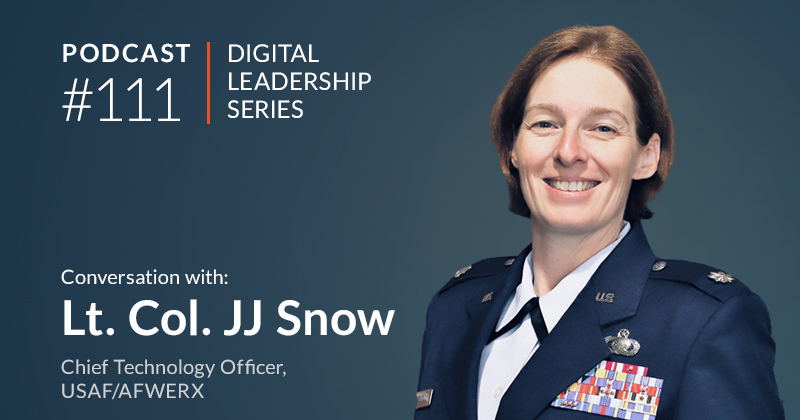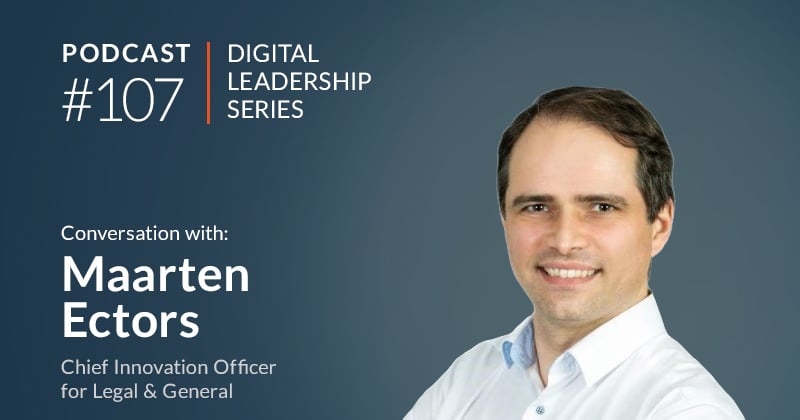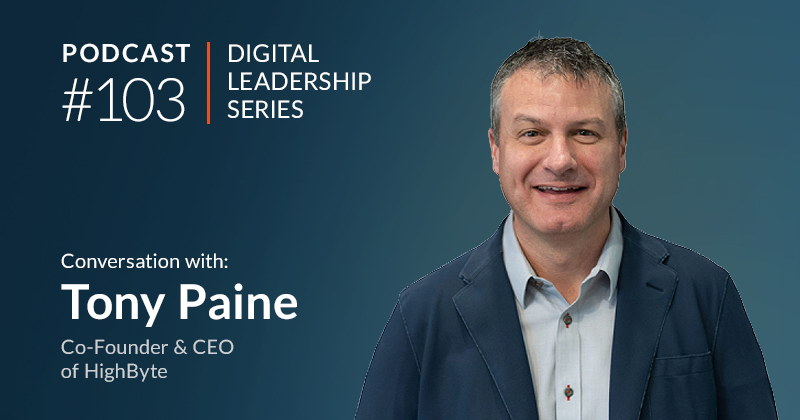Insight Vector: From Networking to Venture Capital: A Life of Innovation in Connected Industry (Part 2)
Ed Maguire

Innovation and market perspectives from leading IoT thought leaders
In the first part of our interview, Danny Yu shares how his diverse background in the technology business and venture placed him at the nexus of key forces behind the emergence of Connected Industry. In Part 2, Danny discusses the challenges of Industrial IoT adoption, articulates how the business-value focus of IT sales is best positioned to appeal to executive sponsorship, and highlights companies whose approach and business model and resonating in the markets.
|
|
Danny Yu VC Managing Partner, Momenta Partners
|
Q&A
Given your connected industry experience, what’s the trigger for traditional firms to adopt IoT solutions?
It’s often good to start with “low hanging fruit” applications that customers easily understand and where they can get immediate value. End customers often first get exposed to IoT solutions when they are considering an equipment upgrade. This is a natural time to show never-before-possible ROI with software. This can come from simple non-mission-critical automation to sensor information on a key equipment to increase efficiency and up-time. Advanced enterprise applications leveraging machine learning tied to broader software platforms can scale value from there. However, industrial companies are typically conservative and tend to start simple with a local level deployment.
Others that “get” IoT are OEM’s that understand software in the context of maintenance for their own products – driven by basic KPIs like fewer callbacks. The value here is mostly cost savings for the services arms of these companies that put sensors on equipment to reduce the number of service calls. Cost savings aren’t necessarily passed along to end customers but in time competition will require OEMs to do so to maintain contracts.
What’s the greatest challenge around IoT adoption?
The biggest challenge for broader adoption is having the right combination of entry and higher-level value proposition from solutions companies coupled with a mass-scale deployment model including low-cost connectivity and commissioning. On the customer side, much greater executive level sponsorship is required to move from regional deployments or trials to enterprise scale transformation. It’s up to the solutions companies to show value and build the case.
So far, the hardest thing about IoT is the things.
It’s the fact that you have to physically connect things with disparate interface and protocols site-by-site that’s complicated and costly. In contrast, software and platforms are relatively straightforward to deploy.
Cost and operational savings is easy to understand and there is an increasing array of such use cases. Ultimately, IoT solutions should focusing on improving business performance and tying solution value to the customer’s business model. In other words, solutions should ideally drive core productivity. However, productivity is very specific to the worker and not fully developed for the physical environment. Real Time Location Services technology will be an enabler. This is an exciting evolution and will drive IT and OT convergence and adoption.
What new approaches do you see working well in Industrial IoT?
What it interesting to see is IT companies bringing new value propositions leveraging their existing customer bases, products, and channels. Aruba Networks, part of Hewlett-Packard Enterprise, has launched asset tracking capability embedded in their Wi-Fi access points. They are focused on productivity and user experience, not simply saving money on an equipment repair bill. They are approaching existing corporate customers in manufacturing and health care. I believe IT solution providers’ historical focus on productivity will also successfully be applied to physical environments and accelerate overall adoption.
What are some noteworthy approaches you are seeing?
Senet is a company that has an interesting model for deploying LPWAN – they are trying to create a virtual network where they leverage their application ecosystem to deploy physical infrastructure. The big question in the market is who is going to pay for all of the initial infrastructure build out? Unlike the deployment of cellular which was driven by a high-value single use case, mobile phones, the business case for Industrial IoT is fragmented and highly location-specific. Senet is applying a pseudo-crowd-sourced model where the initial application provider with a clear use case, say a water metering company, pays for the initial infrastructure but then also gets revenue share from any other application provider that uses the infrastructure they originally paid for. This not only mitigates the burdens of CapEx by sharing costs across different stakeholders but also creates additional incentive for first movers.
To learn more about how IoT can unlock value within your industry, contact us at Momenta.




